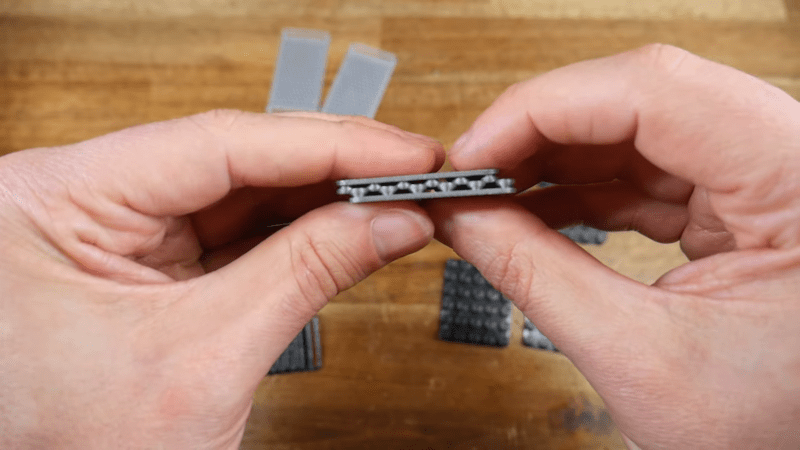
[Teaching Tech’s] latest video discusses “3D printed Velcro.” But as even he admits, Velcro is a trademark, so we think it is more appropriate to talk about hook and loop fasteners. In fact, you can see the good-natured official video about the trademark below [Teaching Tech’s] video. Regardless, his experiments with several 3D-printed Vel… fastener designs are worth watching.
Some of the designs were rather large, like we would have expected. However, some of the designs were fairly small and looked almost like real Velcro. However, since the pattern is not as random as the fabric portions of the real deal, it seems like alignment between parts is more critical when you are joining the two halves.
The obvious question: What’s the best material to use? [Teaching Tech] tried PLA, PETG, and TPU. TPU didn’t lock very tightly. The conclusion was that PETG was better, and — oddly — the stringing on the print was actually an advantage in this application. The bond was also surprisingly robust. We wondered if there was any advantage to printing the hooks in one material and the loops in another. Let us know if you try that.
If you use OpenSCAD, he has created a file you can use to reproduce the hook and loop design. Honestly, if you had asked us if you could 3D print this kind of thing, we would have laughed, but it appears to work much better than we would have thought.
If you want to learn more about how this stuff works, we can help. This looks much different than the 3D-printed fastener we saw back in 2013.
0 Commentaires